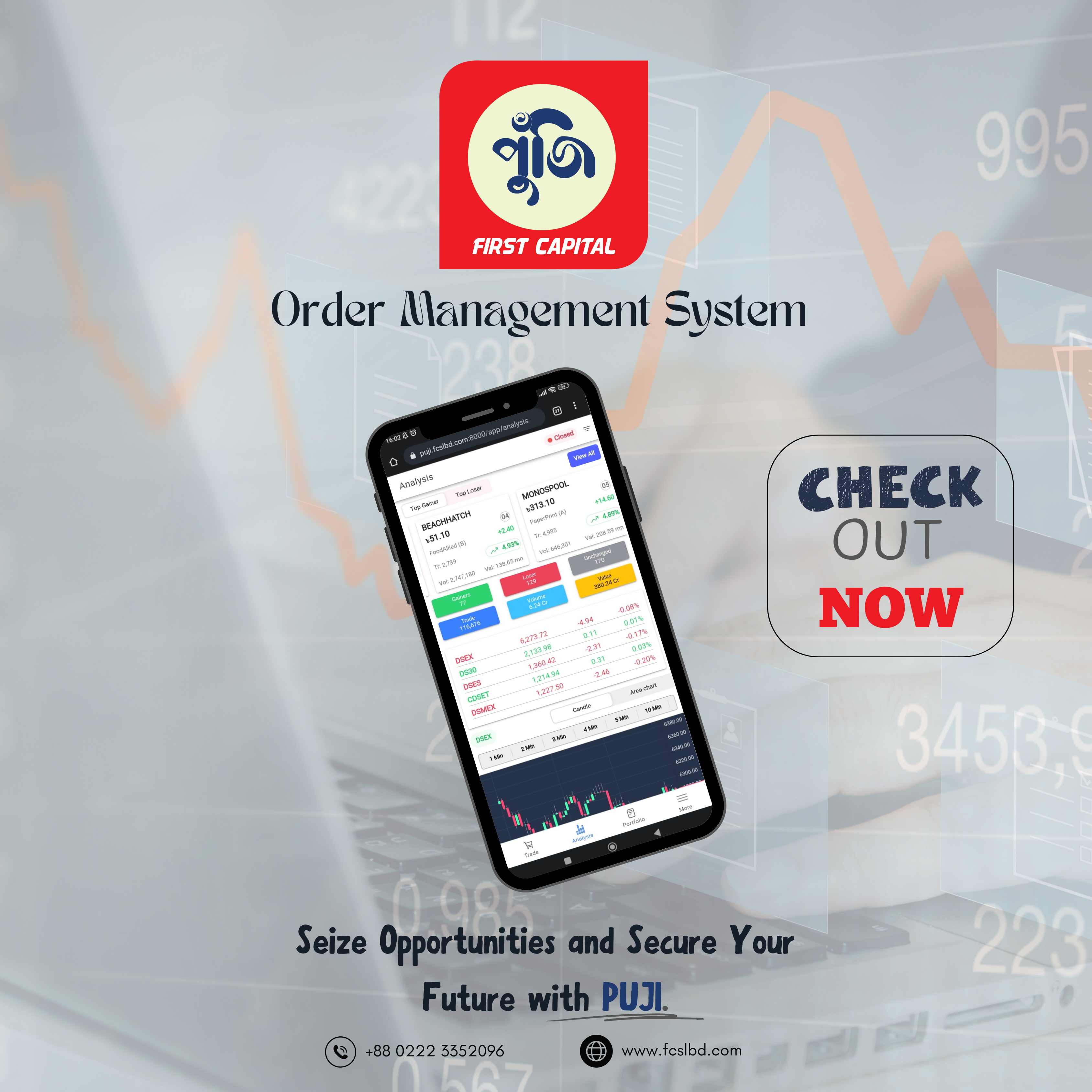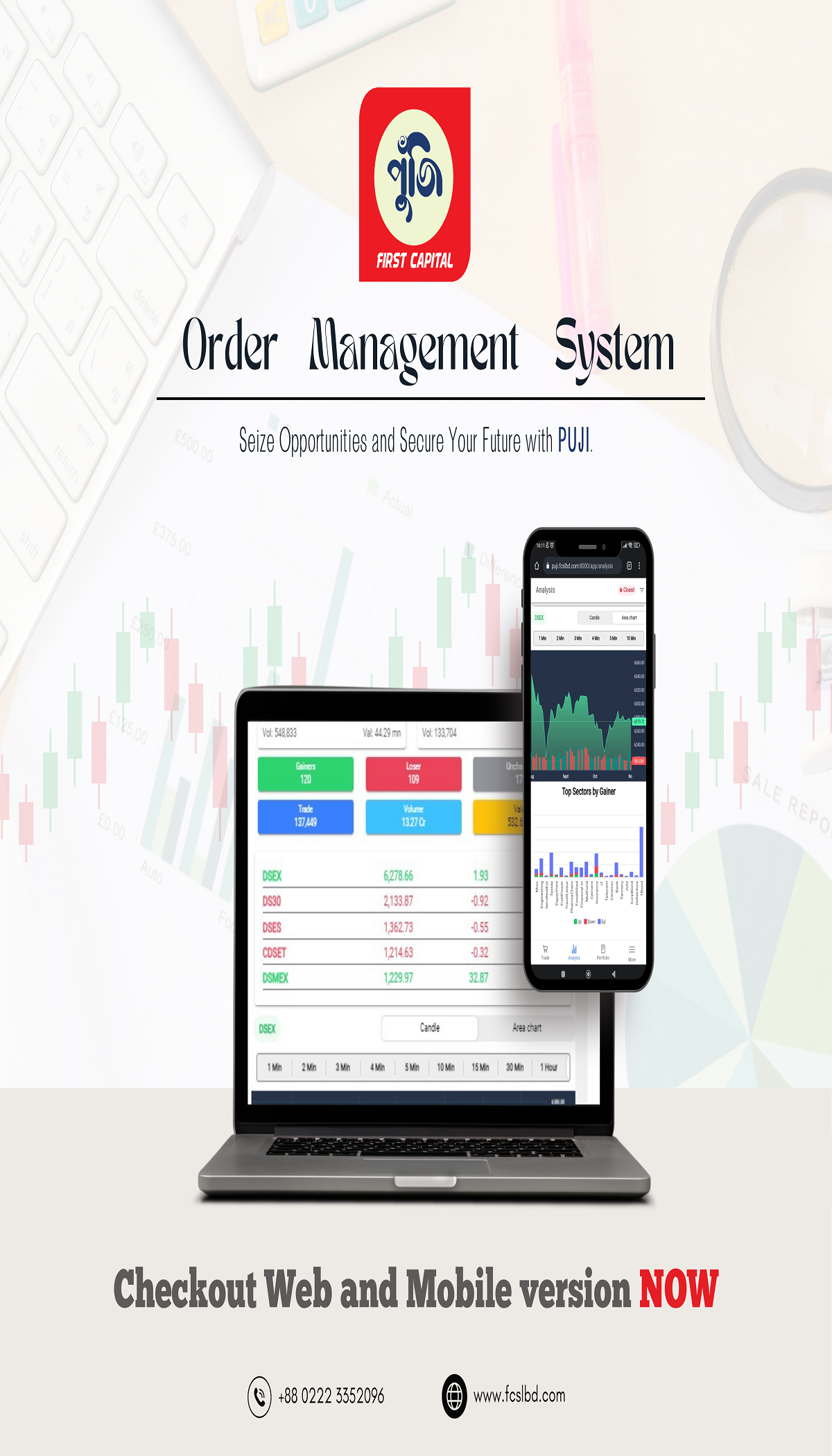The country’s money market crisis seems to have taken a reverse turn – the forex market has eased with improving dollar holdings in banks while taka liquidity has come under strain, hurting the private sector credit growth.
This has prompted the Bangladesh Bank to pump up easy money into the banking channel by buying back greenbacks in order to mitigate the local currency crisis.
Daily dollar holdings of banks improved between $400 million and $500 million in February from a negative position a month back, riding on falling import bills and rising remittance inflows.
However, local currency liquidity deteriorated as a consequence of import restrictions, putting the banking industry in shortfall of Cash Reserve Requirement (CRR), which is mandatory to maintain with the Bangladesh Bank to safeguard depositors’ money.
Reserve requirements are the certain amount of funds that a bank holds in reserve with the central bank on a daily basis to ensure that it is able to meet liabilities in case of sudden deposit withdrawals.
The daily CRR shortfall in the banking industry was hovering between Tk14,000 crore and Tk10,000 crore until February.
This crisis prompted the central bank to introduce a currency swap arrangement to pump up easy money even in high inflation to meet the liquidity shortfall.
Under this new arrangement that began on 20 February, banks borrowed over Tk11,000 crore in exchange for $1 billion from the central bank at less than 3% interest rate.
The currency swap rate is far below the regular borrowing arrangement repo rate of 8%.
As a result, CRR shortfall of the banking industry dropped to below Tk10,000 crore in the first week of March. Yet, mostly a group of Islamic banks are in this liquidity shortfall, though not all banks.
For instance, on 6 March, CRR shortfall in the overall banking sector was Tk8,000 crore but only conventional banks were in surplus of Tk2,500 crore, which means the shortfall amount came from Islamic banks.
Even after the pumping up of low interest money, some Islamic banks still cannot maintain cash in clearing account with the Bangladesh Bank, leading to cheque dishonor.
A corporate house recently experienced cheque dishonor of an Islamic bank as the salary cheque of February was not cleared for not having enough cash with the central bank in the first week of March.
This shift in the crisis – from the forex market to the local market – is also evident in money rates.
For instance, the official exchange rate of dollar remained stable at Tk110 for the last three months as Bangladesh Bank did not go for devaluation since December last year.
However, the exchange rate in market remained stable above Tk120 during the same time.
Though the difference between official rate and market rate is still above Tk10, fluctuation of dollar price has stopped in the last three months due to improving dollar liquidity.
The Bangladesh Bank in its monetary policy for the second half of FY24 announced in January expressed intention to introduce a crawling peg to reduce the gap between official and unofficial dollar price as per suggestion from IMF (International Monetary Fund).
However, now it is planning not to go for the new mechanism before Ramadan as it will push the dollar price up by Tk1 or Tk2, intensifying inflation further.
This new mechanism will be linked to the Real Effective Exchange Rate (REER), measured against the currency basket of trading partner countries and will operate within a predefined exchange rate corridor.
At present, the REER index indicates the dollar price should be Tk114 and adopting this price will require further devaluation to adjust with the current price of Tk110 which will have a huge impact on inflation, said a senior executive of the central bank.
On the other hand, the crisis in local liquidity pushed up lending rate above 12% and call money rate above 9%.
Syed Mahbubur Rahman, managing director of Mutual Trust Bank, mentioned multiple reasons, including hundred percent margin to reduce import, cutting down export development fund, rising forced loans and overdue amid dollar shortage, behind liquidity crisis.
He said importers are taking loans for opening LC (Letter of Credit) to meet up hundred percent margin set by the Bangladesh Bank causing liquidity pressure on banks.
Importers are not interested in deferred LC now. As a result, they are making sight payment taking loans from banks, he said.
Citing an example of a big conglomerate, he said the business group used to import goods worth Tk6,500 crore at deferred payment but now they are making sight payment. In deferred payment, they could make payment after a year but now they are taking loan from banks to make that payment at sight causing liquidity pressure.
He also said that forced loans and overdue are rising as borrowers could not make payment due to dollar shortage, which is also a reason behind the taka liquidity crisis.
Another issue is that banks are not interested in investing treasury bills and bonds as yield rate is above 11%, he added. As a result, private sector credit growth slowed down.
Bangladesh Bank data shows, private sector credit growth dipped to 9.95% in January this year when deposit growth was above 11% in December last year.
Source: tbsnews




